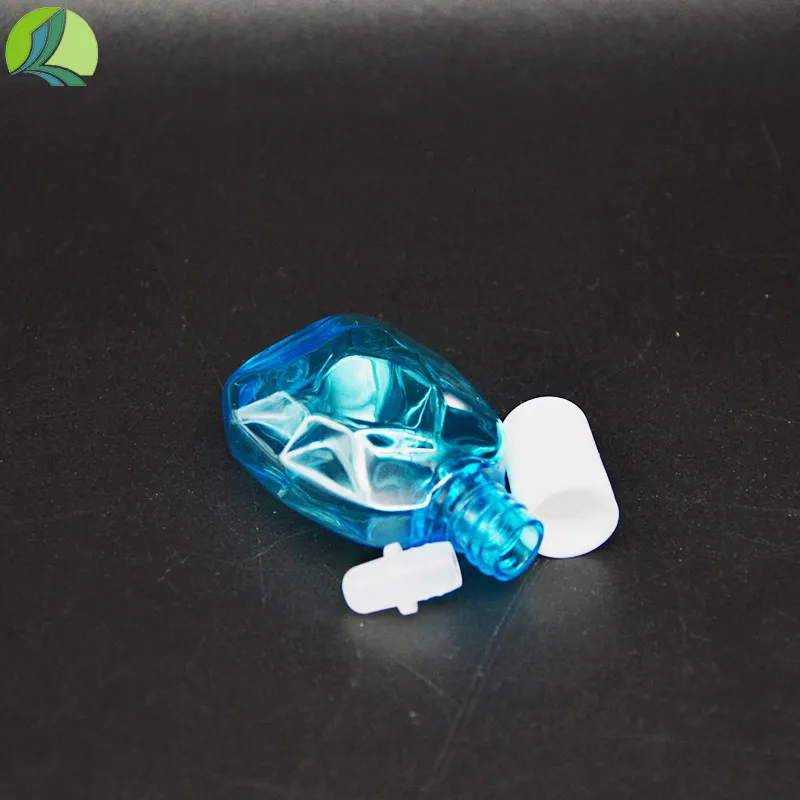
-
 Afrikaans
Afrikaans -
 Albanian
Albanian -
 Amharic
Amharic -
 Arabic
Arabic -
 Armenian
Armenian -
 Azerbaijani
Azerbaijani -
 Basque
Basque -
 Belarusian
Belarusian -
 Bengali
Bengali -
 Bosnian
Bosnian -
 Bulgarian
Bulgarian -
 Catalan
Catalan -
 Cebuano
Cebuano -
 Corsican
Corsican -
 Croatian
Croatian -
 Czech
Czech -
 Danish
Danish -
 Dutch
Dutch -
 English
English -
 Esperanto
Esperanto -
 Estonian
Estonian -
 Finnish
Finnish -
 French
French -
 Frisian
Frisian -
 Galician
Galician -
 Georgian
Georgian -
 German
German -
 Greek
Greek -
 Gujarati
Gujarati -
 Haitian Creole
Haitian Creole -
 hausa
hausa -
 hawaiian
hawaiian -
 Hebrew
Hebrew -
 Hindi
Hindi -
 Miao
Miao -
 Hungarian
Hungarian -
 Icelandic
Icelandic -
 igbo
igbo -
 Indonesian
Indonesian -
 irish
irish -
 Italian
Italian -
 Japanese
Japanese -
 Javanese
Javanese -
 Kannada
Kannada -
 kazakh
kazakh -
 Khmer
Khmer -
 Rwandese
Rwandese -
 Korean
Korean -
 Kurdish
Kurdish -
 Kyrgyz
Kyrgyz -
 Lao
Lao -
 Latin
Latin -
 Latvian
Latvian -
 Lithuanian
Lithuanian -
 Luxembourgish
Luxembourgish -
 Macedonian
Macedonian -
 Malgashi
Malgashi -
 Malay
Malay -
 Malayalam
Malayalam -
 Maltese
Maltese -
 Maori
Maori -
 Marathi
Marathi -
 Mongolian
Mongolian -
 Myanmar
Myanmar -
 Nepali
Nepali -
 Norwegian
Norwegian -
 Norwegian
Norwegian -
 Occitan
Occitan -
 Pashto
Pashto -
 Persian
Persian -
 Polish
Polish -
 Portuguese
Portuguese -
 Punjabi
Punjabi -
 Romanian
Romanian -
 Russian
Russian -
 Samoan
Samoan -
 Scottish Gaelic
Scottish Gaelic -
 Serbian
Serbian -
 Sesotho
Sesotho -
 Shona
Shona -
 Sindhi
Sindhi -
 Sinhala
Sinhala -
 Slovak
Slovak -
 Slovenian
Slovenian -
 Somali
Somali -
 Spanish
Spanish -
 Sundanese
Sundanese -
 Swahili
Swahili -
 Swedish
Swedish -
 Tagalog
Tagalog -
 Tajik
Tajik -
 Tamil
Tamil -
 Tatar
Tatar -
 Telugu
Telugu -
 Thai
Thai -
 Turkish
Turkish -
 Turkmen
Turkmen -
 Ukrainian
Ukrainian -
 Urdu
Urdu -
 Uighur
Uighur -
 Uzbek
Uzbek -
 Vietnamese
Vietnamese -
 Welsh
Welsh -
 Bantu
Bantu -
 Yiddish
Yiddish -
 Yoruba
Yoruba -
 Zulu
Zulu
Dropper Bottle Science
The Science Behind Dropper Bottles A Small Yet Powerful Tool
Dropper bottles are often seen as simple containers, but they are crucial in various fields, including chemistry, medicine, and even everyday uses like cooking and gardening. Their design, functionality, and versatility make them a fascinating subject of study. Let's delve into the science behind dropper bottles and explore their applications.
What is a Dropper Bottle?
A dropper bottle typically consists of a glass or plastic container fitted with a dropper, which is a thin tube with a bulb on one end. This design allows users to dispense liquids drop by drop, providing precision and control over the amount used. The dropper operates based on principles of suction and gravity, making it an essential tool in multiple scientific and practical scenarios.
The Science at Play
The functioning of a dropper bottle can be explained through the concepts of fluid dynamics and pressure. When the bulb of the dropper is squeezed, the air inside is expelled, creating a vacuum that draws liquid up into the dropper tube. Once the bulb is released, the pressure difference allows the liquid to be held in place. By controlling the amount of pressure applied to the bulb, users can dispense precise amounts of liquid—this is particularly vital in laboratory settings, where accuracy is paramount.
Additionally, the liquid’s viscosity plays a significant role in how well a dropper bottle performs. Different liquids behave differently under the same conditions. Thicker liquids, for instance, may not flow easily through the dropper, leading to dispensing challenges. This is why understanding the properties of the substances being used is critical when utilizing a dropper bottle.
Applications in Various Fields
dropper bottle science

Dropper bottles have diverse applications across multiple domains
1. In Chemistry Chemists often rely on dropper bottles to measure and mix precise amounts of reagents. This accuracy can be crucial in experiments where even a slight deviation can lead to different results.
2. In Medicine Pharmacists and healthcare professionals use dropper bottles to dispense liquid medications, ensuring that patients receive the exact dosage needed. This is especially important for potent medications where overdosing can have serious consequences.
3. In Cooking Chefs and home cooks use dropper bottles to add flavorings, oils, or acids in a controlled manner, enhancing the culinary experience. The ability to measure drops allows for consistency in recipes.
4. In Gardening Plant enthusiasts often use dropper bottles to apply fertilizers or pesticides precisely, which helps in preventing over-application that could harm plants or the environment.
Conclusion
Dropper bottles may appear to be simple tools, but the science behind them is intricate, involving the principles of fluid mechanics and material properties. Their precision and versatility make them invaluable in various applications, from laboratories to kitchens. Understanding the workings of dropper bottles not only highlights the importance of accuracy in dispensing liquids but also enhances our appreciation for the small tools that play significant roles in our daily lives. Whether you are a scientist, a healthcare professional, a culinary artist, or an avid gardener, a dropper bottle can be an essential ally in achieving the desired results with ease and precision.
-
Premium Metal Dropper Bottle for Precise Dispensing 250ml & 1ml Options AvailableNewsJul.04,2025
-
20 ml Headspace Vials - High Quality Polyethylene & Plastic Vials for Lab UseNewsJul.04,2025
-
Small Bottle with Pipette - Precise Dispensing 100ml Pipette Bottles for Essential Oils & Lab UseNewsJun.24,2025
-
Acetic Anhydride Bottle for Accurate Dropper Measurement in Pharmacy Use High-Quality Dropper BottlesNewsJun.10,2025
-
Innovative PET Bottle Design for Juice – Unique Shapes & Customization OptionsNewsJun.10,2025
-
20 Pack Sterilized Petri Dishes – Assorted Sizes, High Quality Small Plastic Petri Dishes for Lab UseNewsJun.10,2025






















